What are amino acids? Arginine/Glutamine/Methionine/Ornithine/Carnitine/Taurine
2018-05-25
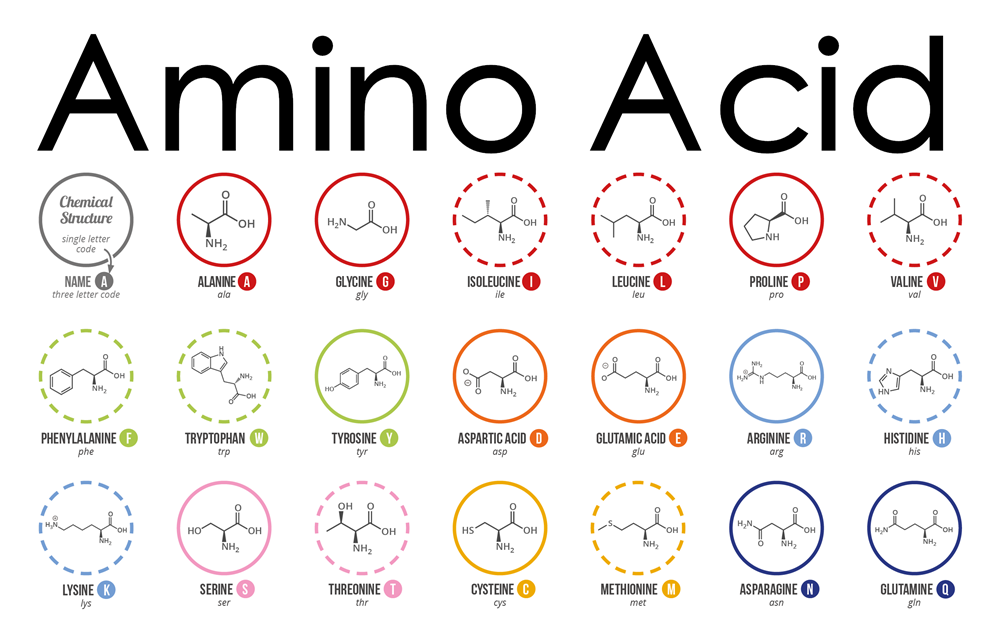
What are amino acids?
The importance of amino acids for human well-being is on the increase.Amino acids are at the basis of all life processes, as they are absolutely essential for every metabolic process.20% of the human body is made up of protein. Protein plays a crucial role in almost all biological processes and amino acids are the building blocks of it.
A large proportion of our cells, muscles and tissue is made up of amino acids, meaning they carry out many important bodily functions, such as giving cells their structure. They also play a key role in the transport and the storage of nutrients. Amino acids have an influence on the function of organs, glands, tendons and arteries. They are furthermore essential for healing wounds and repairing tissue, especially in the muscles, bones, skin and hair as well as for the removal of all kinds of waste deposits produced in connection with the metabolism.
Among their most important tasks are the:
-optimal transport
-optimal storage of all nutrients(i.e. water, fat, carbohydrates, proteins, minerals and vitamins).
Amino acids are organic compounds which contain at least one amino group (-NH2) and a carboxy (-COOH) group. In the human genome, 20 amino acids are created to build proteins and therefore termed proteinogen. Besides this, there are approximately 250 amino acids which do not form proteins. These are used to form sugar for example.
What types of amino acids are there?
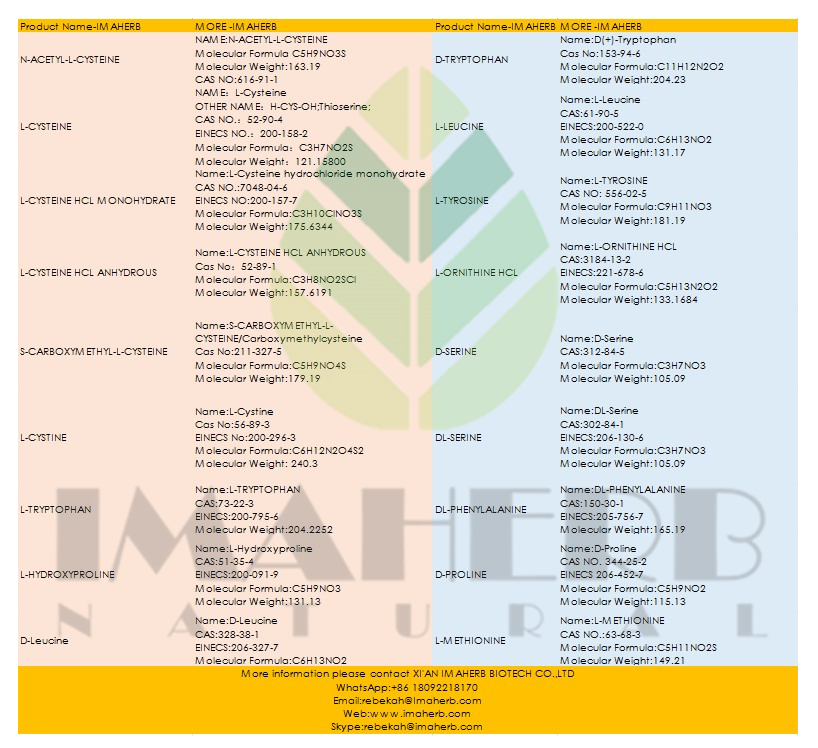
- [1]
Arginine
Product Name:L(+)-Arginine
Molecular Formula: C6H14N4O2
Molecular Weight: 174.2
CAS NO.:74-79-3
Arginine, or L-arginine as it is called with its L-structure, is a semi-essential amino acid. Arginine is involved in many metabolic processes and important in the treatment of heart diseases and high blood pressure. Arginine improves the circulation, strengthens the immune system and has a positive influence on male libido.
[2]Glutamine
Product Name:L-Glutamine
Molecular Formula: C5H10N2O3
Molecular Weight: 146.15
CAS NO.:56-85-9
EINECS NO.:200-292-1
The amino acids glutamine and glutamic acid are closely related in a chemical sense. The human body is able to produce L-glutamine itself, from L-glutamic acid through the glutamate ammonium ligase. Considering the numerous metabolic processes glutamine is a part of, it is not surprising that it is the amino acid with the highest concentration in blood plasma, musculature and cerebral and spinal fluid.
[3]Methionine
Product Name:L-Methionine
Molecular Formula: C5H11NO2S
Molecular Weight: 149.21
CAS NO.:63-68-3
When in its natural L-form, methionine is a proteinogen amino acid. It is classed as an essential amino acid and cannot be synthesized by the body itself. This means that a sufficient supply of methionine in the diet or as a dietary supplement is of particular importance.
[4]Ornithine
Product Name:Ornithine
Molecular Formula: C5H12N2O2
Molecular Weight: 132.19
CAS NO.:70-26-8
RTECS NO.:RM2980820
Ornithine is a non-proteinogen amino acid that plays a central role in the urea cycle. Ornithine can be changed to L-arginine through in the production of urea. It assists in detoxification and therefore contributes to liver health.
[5]Taurine
Product Name:Taurine
Molecular Formula:C2H7NO3S
Molecular Weight: 125.15
CAS NO.:107-35-7
Taurine is a byproduct of the sulphurous amino acids cysteine and methionine. Contrary to common belief, Taurine is in itself not an amino acid in the scientific sense, as it does not contain a carboxy group. It is therefore in fact an amino sulphonic acid.
[6]Carnitine
Product Name:L-carnitine
Molecular Formula:C7H15NO3
Molecular Weight: 161.20
CAS NO.:541-15-1
The naturally-occurring, chemical compound carnitine, or L-carnitine, is technically speaking, not an amino acid. It is actually a dipeptide made from the essential amino acids lysine and methionine. It is therefore often classed as a conditionally essential amino acid.
more information please contact IMAHERB.
Rebekah | XI’AN IMAHERBBIOTECH CO., LTD.
Whatsapp:+8618092218170 | E-MAIL:[email protected]
ADD:Hi-Tech Industrial Zone Xian China 710065 XI AN
WWW.IMAHERB.COM






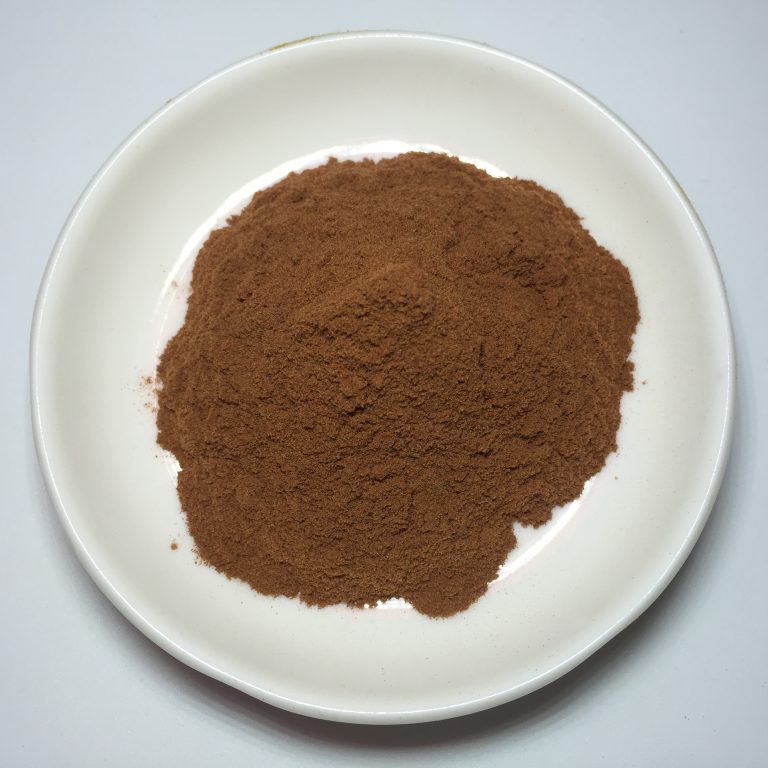 Imaherb China manufacturer supply Apple Extract Powder
Imaherb China manufacturer supply Apple Extract Powder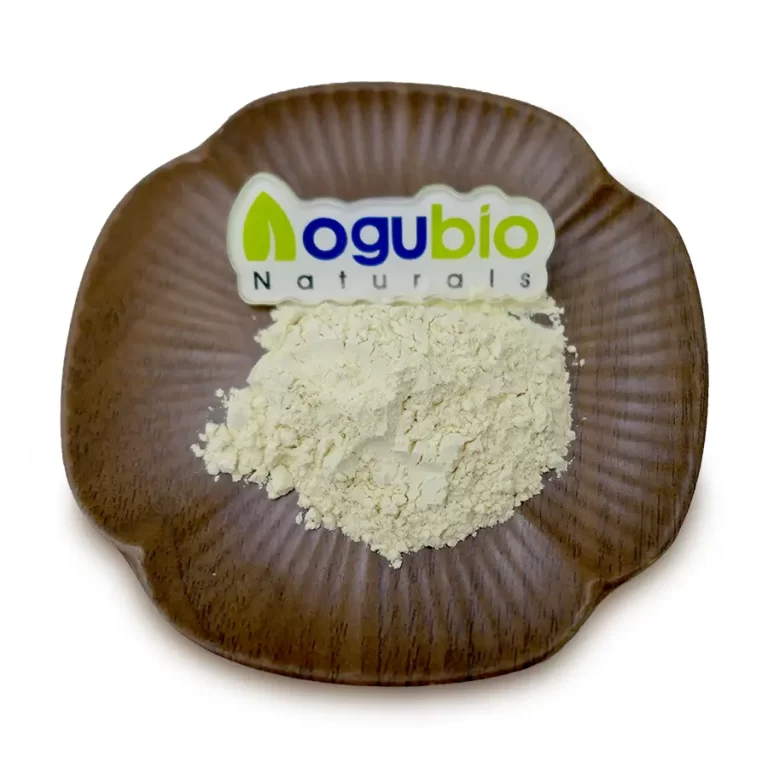 Imaherb China manufacturer supply Apigenin Powder 98%
Imaherb China manufacturer supply Apigenin Powder 98%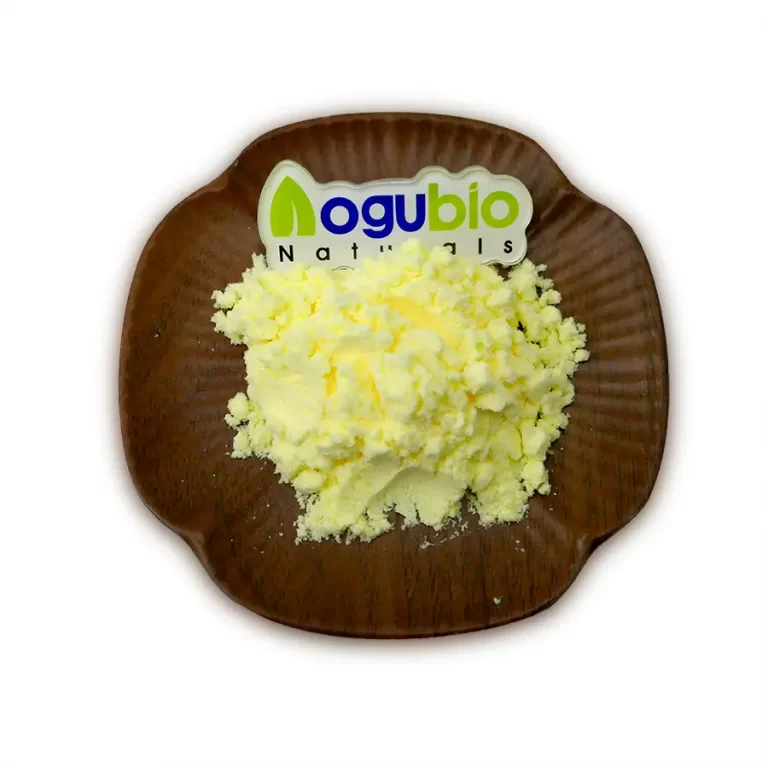 Imaherb Factory supply Alpha Lipoic Acid Powder CAS 1077-28-7
Imaherb Factory supply Alpha Lipoic Acid Powder CAS 1077-28-7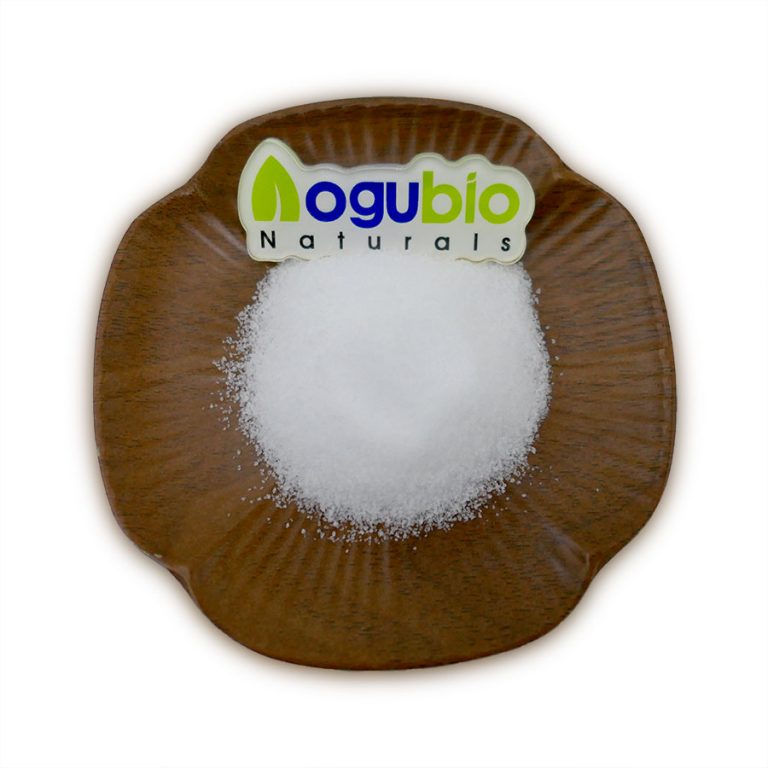 Imaherb Factory supply Alpha GPC Powder CAS 28319-77-9
Imaherb Factory supply Alpha GPC Powder CAS 28319-77-9 Imaherb Factory supply Alliin Powder 98% CAS 556-27-4
Imaherb Factory supply Alliin Powder 98% CAS 556-27-4 skype
skype Sales Manager
Sales Manager Rebekah
Rebekah Rachel
Rachel Miranda
Miranda Camilla
Camilla
 Sales Manager
Sales Manager